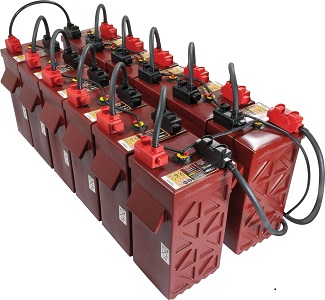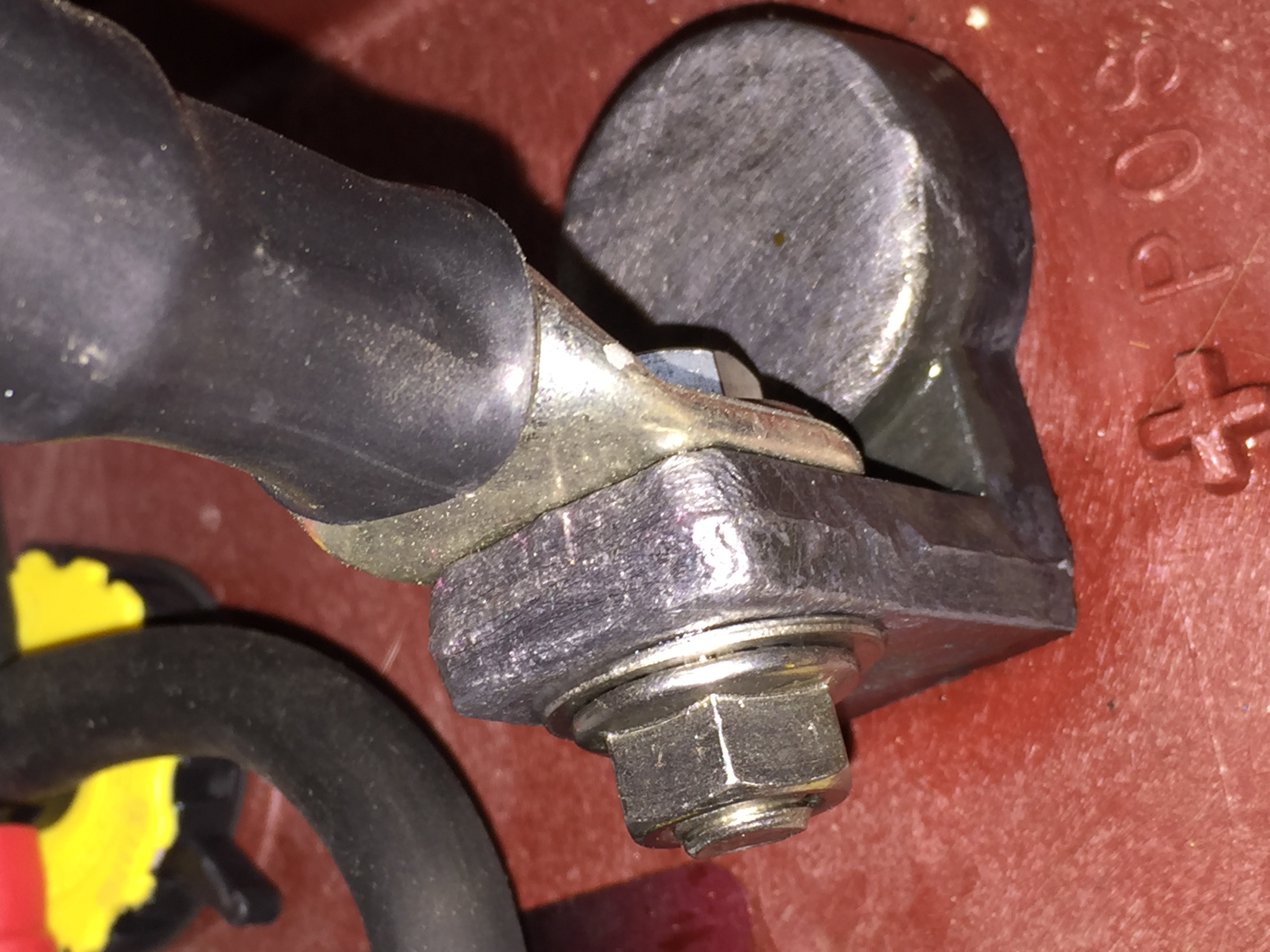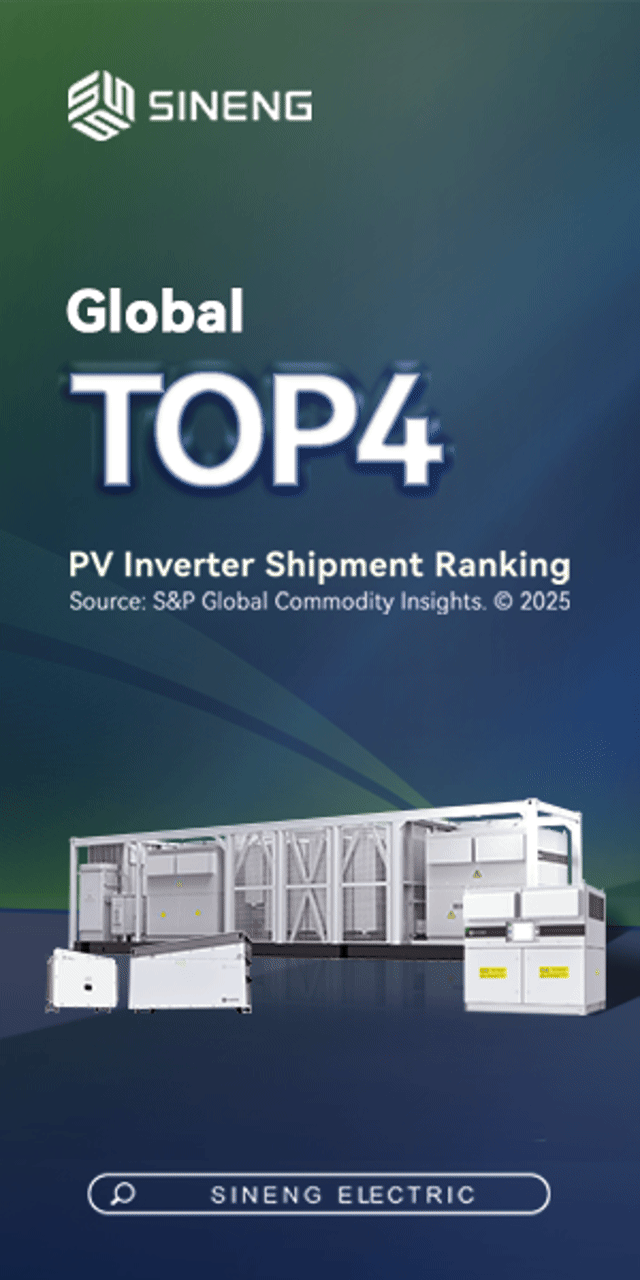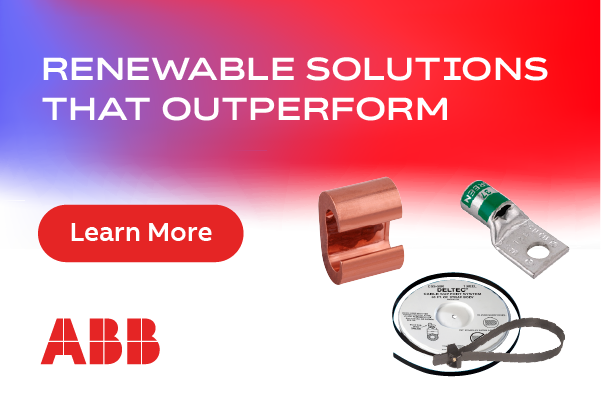Is Your Battery Bank Ready for Spring?
 In North America, the days are finally getting longer and the promise of spring seems just around the corner. More sunshine and better battery charging are good news for the battery-based, off-grid photovoltaic system owner, but it’s important to do some spring cleaning to ensure the system will perform as expected for the remainder of the year.
In North America, the days are finally getting longer and the promise of spring seems just around the corner. More sunshine and better battery charging are good news for the battery-based, off-grid photovoltaic system owner, but it’s important to do some spring cleaning to ensure the system will perform as expected for the remainder of the year.
For residential off-grid systems, winter can be hard on batteries. The shorter days of winter may have left batteries undercharged from time to time, and lower ambient temperatures will reduce overall capacity at a time of year when energy consumption may be at its highest. Remember the last big winter storm? How many days went by without proper charging because of lack of sunshine, or snow and ice covering the solar array? Was it just too cold to get out and fire up the backup generator to give the batteries a boost?
Our energy use also tends to increase during the winter months, creating the perfect storm for undercharged batteries as springtime arrives. So, as we come out of hibernation, it’s time to give our batteries a little extra TLC, and take this opportunity to perform basic battery maintenance. Be sure to do the following tasks:
 Check connections
Check connections
Ensure that all connections are free of corrosion and properly tightened per manufacturers’ recommendations. If corrosion is observed, clean the terminals with a mixture of baking soda and water using a wire brush. When finished cleaning, apply a thin coat of petroleum jelly or terminal protector spray.
Check set points
Check that the photovoltaic charge controllers and inverter/chargers in a renewable energy system have been programmed according to the voltage set points recommended by the battery manufacturer.
The three stages of charging typically associated with daily charging cycles in a battery bank are bulk, absorption, and float charging. Since temperature variations affect batteries, using a charging system with temperature compensation, the ability to measure battery temperature and compensate charge rates accordingly, will ensure batteries receive a proper charge. Always consult the battery manufacturer for recommended set-points to be sure the settings provide optimum charging efficiency. Some devices are programmable while others may have pre-programmed options. In either case, incorrect settings can potentially reduce the life of a battery over time. After a long hard winter, double check all set points so the better charging days ahead will be optimized.
Check electrolyte levels
As deep-cycle flooded batteries charge, hydrogen gas is produced and vented. This “off gassing” of hydrogen reduces the battery’s electrolyte level, so periodic “watering” of the batteries with distilled water is required to ensure maximum life.
Distilled water should only be added to fully charged batteries in float mode, where the charge current and voltage are reduced to maintain a full battery. While there may be some variation from manufacturer to manufacturer, electrolyte levels should never be allowed to go so low as to expose the battery plates to air.
As flooded batteries age, their gassing rate will increase, which will require more frequent watering. No matter how often a battery bank is watered, it is important that this be done according to a regular schedule.
Equalize it! Don’t criticize it!
The process for equalizing flooded deep-cycle batteries involves periodically overcharging the batteries at a higher voltage for a set period of time. This reduces the effects of electrolyte stratification, sulfation, and cell inconsistencies which develop over time. If left unchecked, these conditions will eventually diminish the overall efficiency and performance of the batteries.
If a battery has not been equalized in the last few months, now would be a good time to do it. Contact the battery manufacturer for detailed instructions on equalization.
 Remember! Always wear protective clothing, gloves, and goggles when working with batteries. The electrolyte in a flooded battery is a solution of acid and water, so take extra precaution to avoid contact with skin and clothing. To prevent short circuits, use only insulated tools and do not lay objects on top of batteries.
Remember! Always wear protective clothing, gloves, and goggles when working with batteries. The electrolyte in a flooded battery is a solution of acid and water, so take extra precaution to avoid contact with skin and clothing. To prevent short circuits, use only insulated tools and do not lay objects on top of batteries.
There are also helpful videos available from battery manufacturers which will go step-by-step through these various battery maintenance tasks. When batteries are taken care of, they will continue to do their job well.
Ganesh Balasubramanian is the director of new market development at Trojan Battery
Trojan Battery | www.trojanbattery.com
Volume: 2016 March/April








